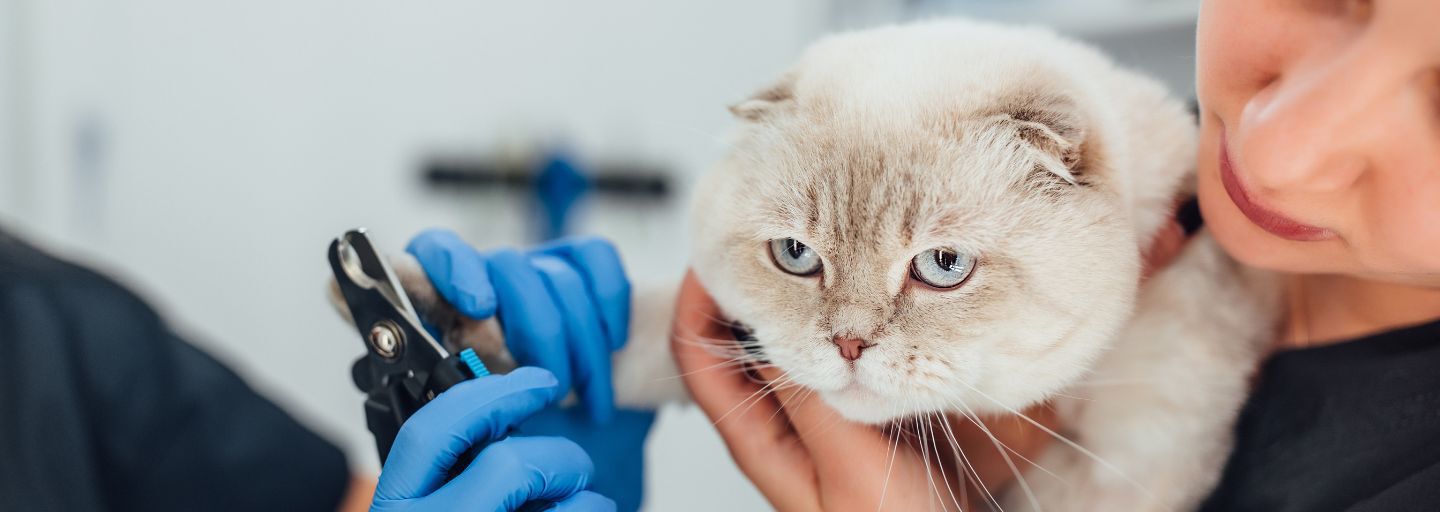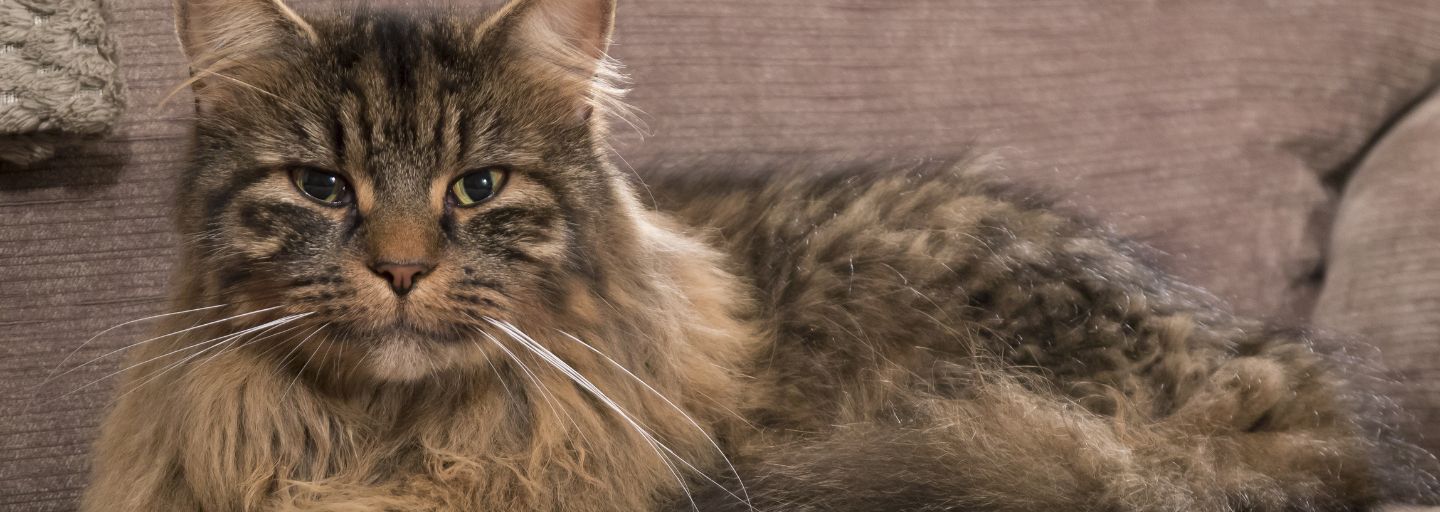Just like us, our cat's nails need regular trimming every week or two. This prevents them from curling into talons that can grow into their pads, causing discomfort, pain, and potential infection. By maintaining their nails, we can ensure their overall paw health and well-being.
If your feline friend is the outdoorsy type, their nails may naturally get filed down through exposure to rough surfaces like concrete or tree bark. This natural wear and tear can help keep their nails at an appropriate length. However, it's still important to regularly check their nails to ensure they are not becoming too long or sharp.
To determine if your cat's nails need trimming, gently squeeze their paw to reveal the claws. Are they long and sharp or short and smooth? If they appear long, it's a good indication that regular trimming is necessary to prevent issues such as ingrown nails or accidental scratching.
Trimming your cat's claws doesn't have to be a daunting task. With the right approach and a little practice, it can even become a bonding experience for you and your cat. Consider using positive reinforcement, such as offering a reward like Fancy Feast® Puree Kiss, to create a positive association with the manicure process.
To get your cat accustomed to nail trims, start by gently pressing their paw pads to encourage the claws to extend. This helps them become comfortable with the sensation and prepares them for the trimming process. Hold a claw up to the light and take a good look. The translucent tip of the claw is where you want to make the cut, while the pink area near the base, known as the quick, should be avoided. Cutting into the quick can cause bleeding and discomfort for your cat. If you're unsure about the appropriate length to trim, consult with your veterinarian or a professional groomer for guidance.
It's important to use proper cat nail clippers or trimmers specifically designed for this purpose. Human nail clippers can cause injury or discomfort to your cat. Choose clippers with sharp, stainless steel blades that will make clean cuts without crushing the nail. Additionally, consider having styptic powder or a styptic pencil on hand in case of accidental bleeding. These products help stop bleeding quickly by promoting blood clotting.
Take it slow and be patient during the trimming process. If your cat becomes anxious or resistant, try breaking the trimming session into shorter, more manageable sessions over time. Gradually increase the duration as your cat becomes more comfortable. Remember to reward your cat with praise, treats, or playtime after each successful nail trim to reinforce positive behaviour.
If you're unsure or uncomfortable with trimming your cat's nails yourself, consider seeking assistance from a professional groomer or your veterinarian. They can provide guidance, demonstrate the proper technique, and ensure your cat's nails are trimmed safely and effectively.
In addition to regular nail trims, providing appropriate scratching surfaces for your cat is essential. Scratching posts or boards help cats naturally shed the outer layers of their nails, keeping them healthy and preventing excessive growth. Place these scratching surfaces in areas where your cat spends the most time to encourage their use.
By regularly trimming your cat's nails and providing appropriate scratching surfaces, you are promoting their paw health and preventing potential issues. It's a simple yet essential aspect of cat care that contributes to their overall comfort and well-being. With patience, practice, and positive reinforcement, you can master the art of cat manicures and enjoy a closer bond with your feline companion.



